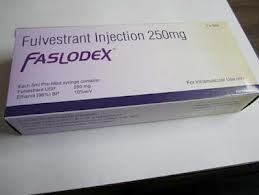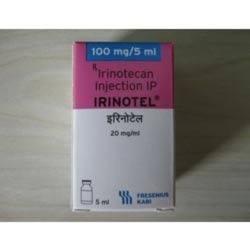

Pegylated Liposomal Doxorubicin
Product Details:
- Origin India
- Dosage Form Injection
- Fermentation Smell Normal Smell
- Storage Instructions Keep dry & cool place
- Shelf Life 12 Months
- Click to view more
Pegylated Liposomal Doxorubicin Price And Quantity
- 1 LAc Piece
- INR
Pegylated Liposomal Doxorubicin Product Specifications
- Injection
- Normal Smell
- Keep dry & cool place
- 12 Months
- India
Pegylated Liposomal Doxorubicin Trade Information
- Cash Advance (CA) Cash in Advance (CID)
- 1 Piece Per Week
- 1 Week
- Middle East Central America Africa Eastern Europe South America Western Europe Australia Asia North America
Product Description
Pegylated Liposomal Doxorubicin
The chemotherapy drug doxorubicin has a special formulation called pegylated liposomal doxorubicin (PLD), which is used to treat cancer. In some cancer treatment settings, the addition of polyethylene glycol (PEG) to the liposomal structure provides a number of features and advantages that make it an advantageous choice.
Here are some of its main characteristics and advantages:
1. Better medication distribution to the tumour site is made possible by the liposomal structure of PLD. Due to the leaky nature of tumour blood arteries, liposomes are tiny lipid-based vesicles that can gather and release their payload only at the tumour site. As a result, there are larger drug concentrations in the tumour and less of the drug is exposed to healthy tissues.
2. Lengthened circulation time: The pegylation of liposomes in PLD contributes to the lengthening of their bloodstream circulation period. Through the enhanced permeability and retention (EPR) effect, the medicine is able to accumulate at the tumour site as a result of the extended circulation, enhancing its capacity to eradicate cancer cells.
3. Reduced cardiotoxicity: Conventional doxorubicin has a high potential for heart damage due to its substantial cardiotoxicity. For patients who run the risk of developing heart-related issues, PLD is a safer alternative due to its reduced cardiotoxic effects.
4. Lessening of the risk of hypersensitivity reactions: In PLD, the liposomes are pegylated to lessen the possibility of hypersensitivity reactions, which can happen with normal doxorubicin therapy. Patients who have had similar reactions in the past or who are more likely to do so in the future may find this to be very helpful.
5. Improved therapy tolerability: Patients tolerate PLD typically better than they do traditional doxorubicin. This is because it has good pharmacokinetics and is less toxic to healthy tissues, which can lessen side effects and improve quality of life while being treated.
6. PLD has the potential to be employed in combination therapies, either by itself or with other chemotherapeutic drugs or modes of treatment. Due to its special characteristics, it can be used in combination therapy, giving clinicians more flexibility to adapt the course of treatment to the demands of each individual patient.
7. Treatment for various cancer forms, including ovarian cancer, breast cancer, and Kaposis sarcoma, PLD has been authorised for the treatment of these and other cancer types. It adds value to cancer therapy procedures because of its adaptability in focusing on different tumour types.
While PLD has many advantages, it may not be appropriate for all cancer patients. As such, its use should be decided by a skilled healthcare expert depending on the characteristics of the patient, the kind of cancer, and the stage of the disease. PLD, like all drugs, may cause certain negative effects, so patients should be carefully watched while being treated.

Price:
- 50
- 100
- 200
- 250
- 500
- 1000+
Other Products in 'Anti Cancer Injections' category
 |
DHEER HEALTHCARE PRIVATE LIMITED
All Rights Reserved.(Terms of Use) Developed and Managed by Infocom Network Private Limited. |







